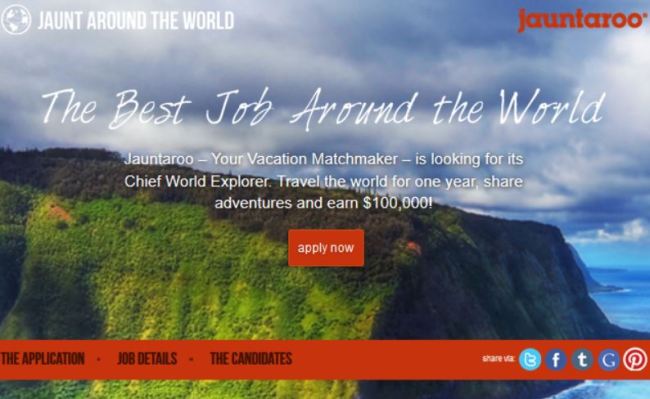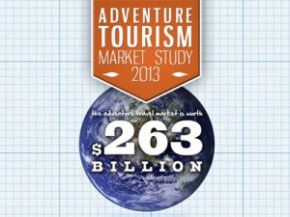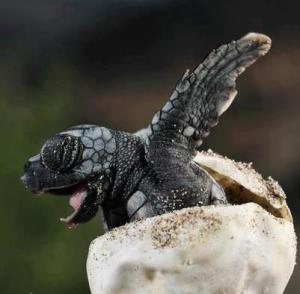Welcome to VoluntourismGal.com. We are a group of like-minded women dedicated to international volunteering. We have volunteered abroad, worked in the field and are committed to voluntourism and its role in making the world a better place.
As we look to relaunch this blog we wanted to first understand better the current state of affairs in the industry. We have reached out to a handful of larger international volunteer providers to hear their take on the state of the industry.
Here is a brief summary of what we heard:
Volunteer Placement Organizations Struggling
Without exception our conversations focused mostly on the downturn in volunteer numbers. One organization cited a decline of over 50% in placements. This was attributed to the economy, changes in travel type (increase in internships and working abroad), and also the ability of in country smaller NGOs to effectively recruit volunteers.
Trend Towards Partnering With Local Organizations
The traditional goal for many voluntourism organizations was to create their own local infrastructure, hire their own local staff and create and control their own local projects. This model is expensive and as one director told us “Local organizations can do a better job with greater community buy in and it’s more affordable.” The cost savings seems to be the biggest motivating factor for those organizations who have moved from homegrown projects to local partners.
Cost is a Factor
The one organization who told us they had marginal growth in 2012 and this year provides a low-cost program. Organizations have been more focused on partnering with fundraising resources and offering discounts based on financial needs. While the economy has been stalled for several years some providers feel that the past two years in particular have demonstrated a latent impact from years of a challenging economy.
Word of Mouth
Real world marketing still trumps online marketing for the majority of the providers. Word of mouth referrals are still the most reliable and highest efficiency leads. The online referral websites provide traffic and leads but continue to represent a minority of actual participants.
Diversification
Two providers are focused on diversifying quickly. Nervous about the state of volunteering abroad and the possible timeline for recovery has led at least two of our interviewees to create new programs including study and volunteer abroad.
Proliferation of Organizations
Several organizations discussed the effects of the number of new providers and competition as a negative factor. The barrier to entry is very low and almost any motivated volunteer alum can create a new organization quickly. The concern was the quality of the new providers and the spreading of a shrinking market across more providers.
We are going to look more deeply into these issues in the coming posts. What are you experiencing? If your numbers are down, what are the causes? Are their any influences we didn’t mention?





